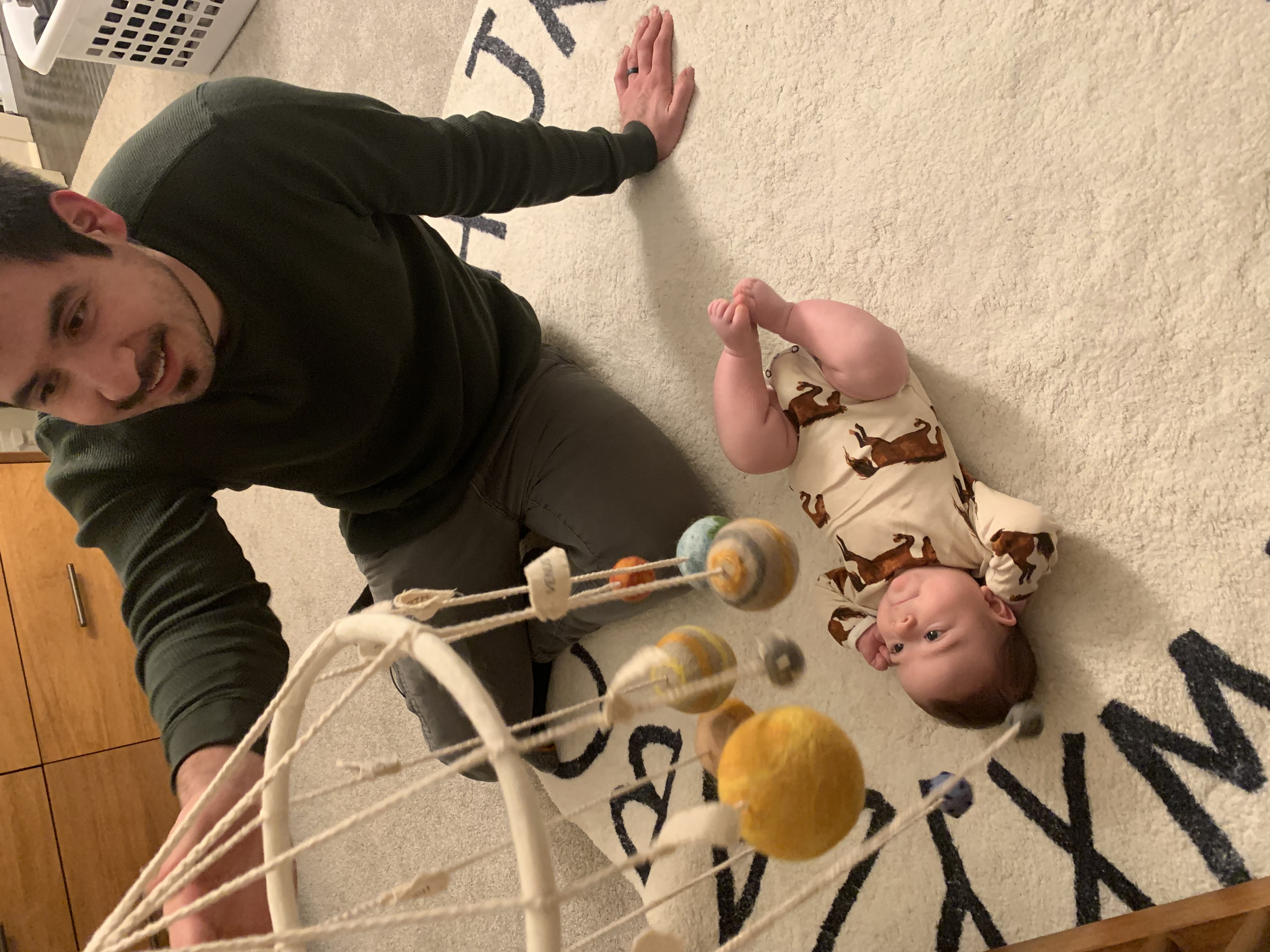15.12: Knowing What They Can Do
- Page ID
- 140952
Self-Efficacy
An infant’s developing sense of self-efficacy includes an emerging understanding that he has abilities and can make things happen. Self-efficacy is related to a sense of competency and identified as a basic human need (Connell, 1990). The development of a child’s sense of self-efficacy may be seen in play or exploratory behaviors when they act on an object to produce a result. For example, a child pats a musical toy to make a sound come out. Older infants may demonstrate recognition of ability through "I" statements, such as "I did it" or "I'm good at drawing."[1]
Young children have little understanding of what they can and cannot do, so the development of realistic self-efficacy is a fundamental process:
…Very young children lack knowledge of their own capabilities and the demands and potential hazards of different courses of action. They would repeatedly get themselves into dangerous predicaments were it not for the guidance of others. They can climb to high places, wander into rivers or deep pools, and wield sharp knives before they develop the necessary skills for managing such situations safely…Adult watchfulness and guidance see young children through this early formative period until they gain sufficient knowledge of what they can do and what different situations require in the way of skills (Bandura, 1986, p. 414).
During infancy, the development of perceived causal efficacy (the perception that one affects the world by one's actions) appears to be an essential aspect of developing a sense of self. As the infant interacts with her environment, she can cause predictable events, such as the sound that accompanies shaking a rattle. The understanding that one's actions can influence the environment is something Alfred Bandura referred to as personal agency: the ability to act as an agent of change in one's world. The infant also begins to understand that certain events affect people differently than they affect the child. For example, if a model touches a hot stove, it does not hurt the infant, so the infant begins to recognize their uniqueness and actual existence as an individual. During this period, interactions with the physical environment may be more important than social interactions since the physical environment is more predictable and easier to learn about (Bandura, 1986, 1997). However, social interaction quickly becomes highly influential (Kelland, 2020).

[1] California Department of Education (CDE Press). Development Foundations: Social-Emotional Development is used with permission.
[2] Image by Rachel Klippenstein-Gutierrez is licensed CC BY-NC

